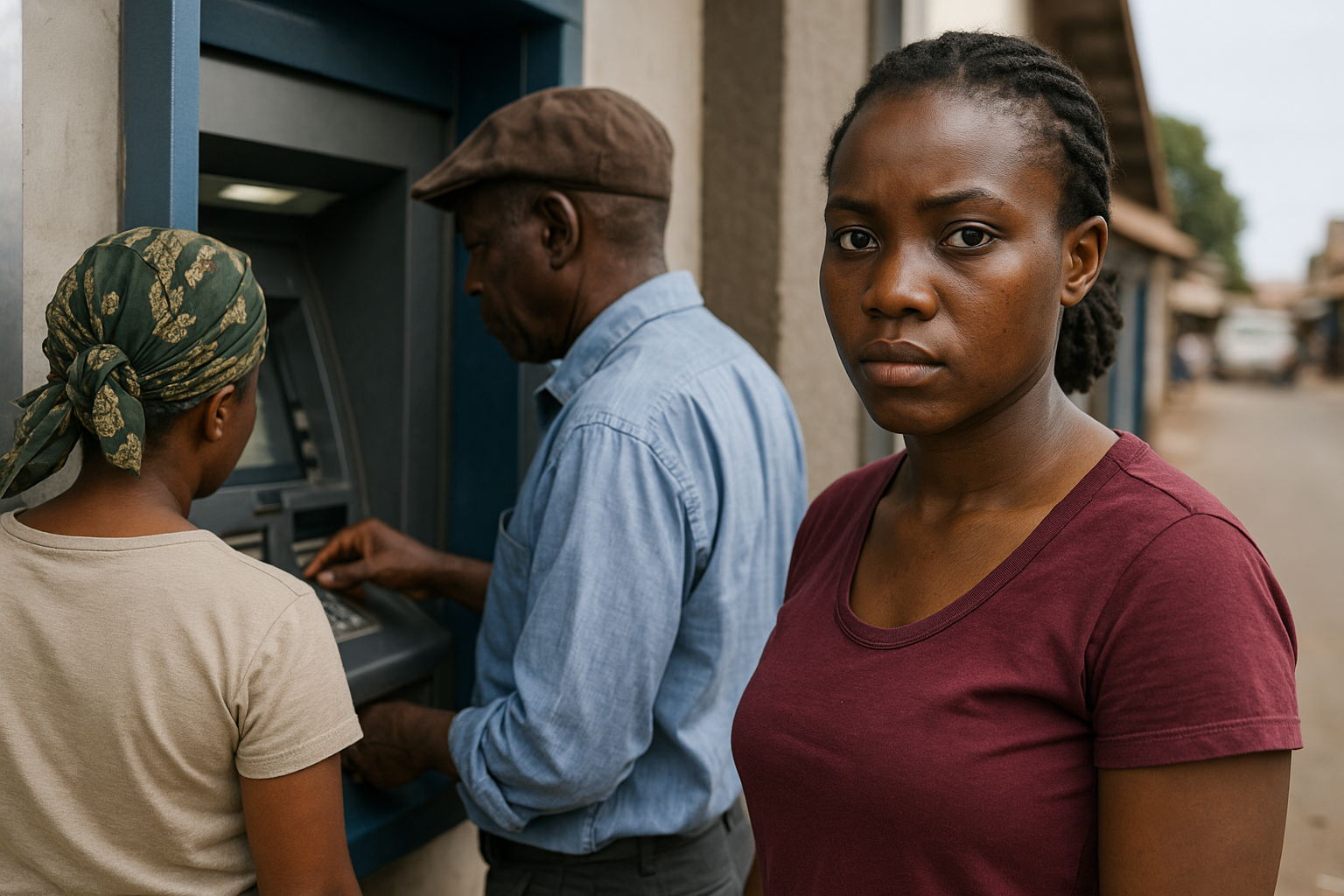Digital divide and economic instability slow Zimbabwe’s financial inclusion progress
According to the study, Zimbabwe has made significant strides in improving financial inclusion over the past decade, driven by two National Financial Inclusion Strategies (NFIS I and II) and the rise of mobile money platforms. These initiatives expanded access to basic banking services for segments of the population previously excluded from the formal financial system.

- Country:
- Zimbabwe
A new study published in the International Journal of Financial Studies brings to light the persistent challenges in Zimbabwe’s efforts to extend financial inclusion through its commercial banking sector.
The research, titled “Financial Inclusion in Zimbabwe: Lessons from the Commercial Banking Sector,” examines how national policies and banking strategies have shaped access to formal financial services and identifies structural gaps that continue to hinder equitable participation, especially among rural and low-income populations.
Progress achieved through policy and mobile innovation
According to the study, Zimbabwe has made significant strides in improving financial inclusion over the past decade, driven by two National Financial Inclusion Strategies (NFIS I and II) and the rise of mobile money platforms. These initiatives expanded access to basic banking services for segments of the population previously excluded from the formal financial system.
Survey results from 218 bank customers show that 85.7% now have bank accounts, a marked improvement from earlier years. This growth has been bolstered by partnerships between banks, FinTech firms, and mobile network operators, which have played a critical role in reaching underserved communities.
The researchers note that these gains reflect the combined effect of policy initiatives, technological innovations, and market-driven solutions. However, the progress remains uneven across regions and income groups, highlighting the need for more targeted interventions to address deep-rooted disparities.
Barriers limiting inclusive growth in the banking sector
Despite policy advances and technology-driven solutions, the study finds that a substantial share of Zimbabwe’s population continues to rely on informal financial mechanisms such as savings clubs, microfinance institutions, and mobile wallets.
Three key barriers stand out:
- Digital Divide: Rural communities face limited access to reliable internet, insufficient mobile network infrastructure, and high data costs, restricting their participation in formal digital banking services.
- Macroeconomic Instability: Persistent poverty, high unemployment, and low income levels drive many households to operate outside the formal banking system.
- Banking Sector Shortfalls: While policies have been put in place, commercial banks often fall short in designing affordable, accessible, and trust-building products tailored to the needs of excluded populations.
The study highlights that although many customers hold bank accounts, their usage remains irregular, reflecting a lack of confidence in financial institutions and limited perceived benefits.
Pathways toward sustainable financial inclusion
The researchers clearly state that collaboration between banks, policymakers, and FinTech companies is critical to closing the inclusion gap. They recommend a multi-pronged approach:
- Expand Digital Infrastructure: Investments in mobile and internet connectivity are essential for reaching rural and marginalized populations.
- Leverage Mobile Partnerships: Strengthening partnerships between banks and mobile network operators can help extend services to informal market participants and improve accessibility.
- Design Tailored Financial Products: Banks should develop targeted offerings that incentivize savings, encourage deposits, and meet the specific needs of low-income households and small businesses.
- Enhance Policy and Regulatory Support: A stable political and economic environment is vital to sustain financial inclusion efforts, alongside continuous reforms that encourage innovation while protecting consumers.
These measures, as the authors recommend, should be linked to broader national development priorities and aligned with the UN Sustainable Development Goals (SDGs) to ensure that financial inclusion contributes directly to poverty reduction and economic resilience.
- FIRST PUBLISHED IN:
- Devdiscourse










